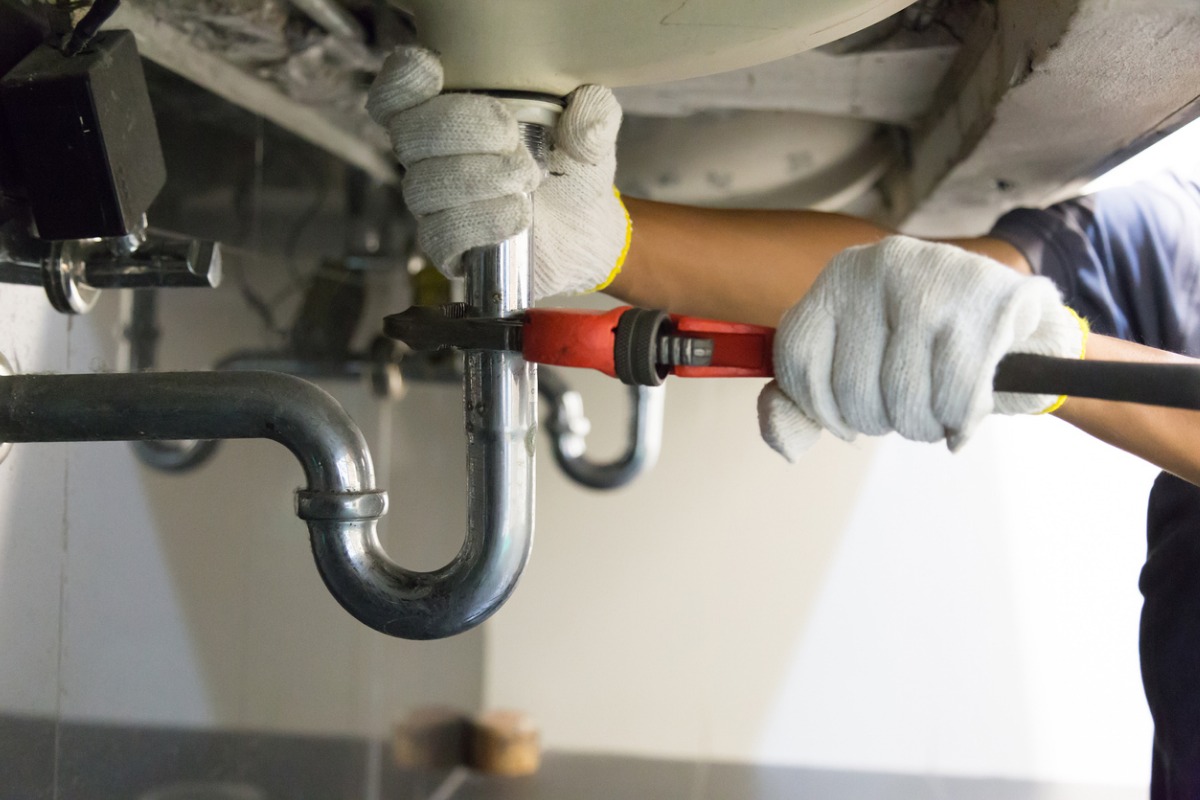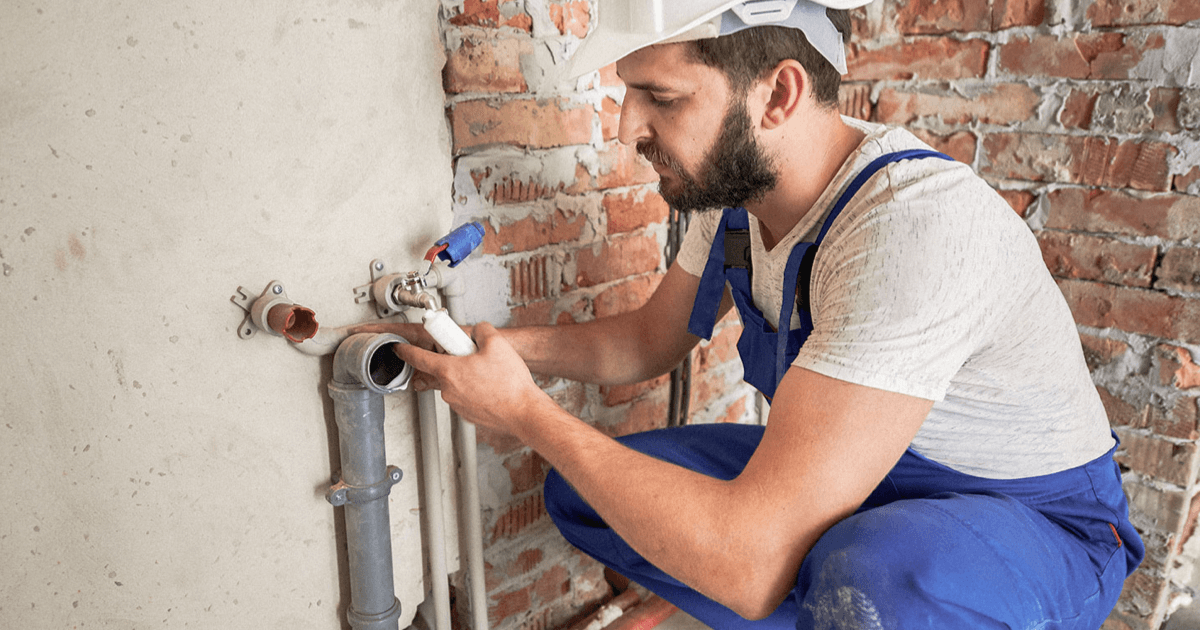A Step-by-Step Overview to Effective Hot Water Heater Installment for Ideal Performance
Beginning on the job of installing a water heating unit is an endeavor that demands precision and an organized approach for accomplishing ideal performance. As you continue, the complexities of connecting water supply lines and establishing up trustworthy electrical or gas connections wait for, appealing understandings right into making sure effectiveness and reliability.
Picking the Right Water Heater

Next, think about the size and ability of the hot water heater. It's crucial to assess your home's warm water demands, which can differ based on the number of residents and their use patterns. A system that's also tiny might lead to inadequate warm water, while an extra-large model might result in unnecessary energy consumption.
Effectiveness scores likewise play an essential role in choice. Seek water heating systems with high Power Factor (EF) rankings, showing superior performance and lowered energy usage. Tankless models, though usually a lot more costly in advance, offer substantial power financial savings with time due to their on-demand heating capacities.
Preparing the Installment Location
Before mounting a new water heating system, careful preparation of the installment area is crucial. It's important to gauge the area meticulously to fit the water heating system's dimensions, making sure sufficient clearance around the system for effective operation and maintenance.
Next, eliminate any type of particles, dust, or obstructions from the site to produce a tidy setting. Check the floor for stability, as the water heating unit will certainly require a solid, level surface to operate successfully. If essential, install a drip pan below the system to catch prospective leakages or spills, protecting against water damage to the surrounding area. In areas prone to seismic activity, consider installing seismic straps to secure the heating unit securely in position.
In addition, make certain that all essential devices and products get on hand before commencing the installation. This consists of things such as wrenches, screwdrivers, a degree, and any type of additional hardware needed for installing and protecting the heating unit. A well-prepared setup area sets the structure for a successful water heater setup, maximizing efficiency and security.
Connecting Supply Of Water Lines
When connecting water supply lines to your freshly set up water heater, it is critical to ensure that all links are protected and leak-free to keep effective procedure and stop water damage. Begin by recognizing the chilly and hot water lines. The cool water inlet is usually marked with a blue tag or a "C", while the hot water electrical outlet is marked with a red tag or an "H".
Use adaptable water heating unit adapters to help with a less complicated installation process. These connectors can take in resonance and enable for slight motion, reducing the danger of leakages. Before attaching the adapters, place a plumbing's tape around the threaded ends of the water heating system's inlet and outlet pipelines - Plumber Alabaster AL. This tape functions as a sealer, preventing leaks. Meticulously link the versatile tubes to the respective inlet and electrical outlet, making certain that they are tight however not over-tightened, which could review damage the threads.
As soon as links remain in area, gradually turn on the main supply of water valve. Examine each connection for leaks by visually inspecting and feeling for wetness. Tighten up links as needed, and make sure the stress alleviation shutoff is properly set up, securing versus too much stress accumulation.
Establishing Up Electric or Gas Connections
Correctly setting up the electrical or gas connections for your water heater is a crucial step to ensure safe and efficient procedure. For electric hot water heater, begin by validating that the electric circuit works with the heating unit's voltage and amperage requirements. Ensure the power supply is shut off at the breaker to avoid mishaps. Connect the electrical cords to the heating unit following the manufacturer's circuitry representation. Usually, this involves connecting the ground cord to the environment-friendly terminal, and the staying cables to their corresponding terminals, safeguarding each with cable nuts.
For gas water heaters, security is critical. Link the gas line to the water heater utilizing an adaptable gas connector, ensuring it is appropriately threaded and secured with pipeline joint compound or Teflon tape appropriate for gas links.
When links are made, examine for any kind of possible leaks. For gas lines, apply a soapy water option to the joints; bubbles show a leakage. For electrical connections, confirm that all circuitry is protected and correctly shielded, maintaining compliance with local electrical codes.
Readjusting and examining for Efficiency
With the electrical and gas connections safely in position, the next step is evaluating the operational efficiency of your water heating unit. Begin by meticulously activating the supply of water and making sure there are no leakages at any of the valves or joints. When confirmed, proceed to fill the tank, taking note of the stress and temperature level setups. It is a good idea to establish the thermostat to an advised temperature level of around 120 ° F(49 ° C) to balance energy efficiency like it and convenience.
Following, do a detailed assessment to make sure the burner or gas heaters are working correctly. For electrical heating units, utilize a multimeter to validate if the aspects are attracting the proper current. In gas versions, observe the burner flame; it should be click this site consistent and blue, indicating reliable combustion.
Readjust the settings as necessary to remove ineffectiveness. Take into consideration carrying out insulation measures, such as adding a water heating system blanket, to better improve efficiency by reducing warmth loss. Additionally, examine the anode rod's problem, as a shabby pole can reduce efficiency and cause tank rust.
Verdict
Effective water heater setup is critical for making certain ideal efficiency and power financial savings. Firmly attaching water supply lines and carefully setting up electrical or gas connections minimize potential issues.

Appropriately establishing up the electric or gas links for your water heating system is an important action to ensure efficient and safe operation. For electric water heaters, begin by verifying that the electrical circuit is compatible with the heater's voltage and amperage requirements. Connect the gas line to the water heater using a flexible gas connector, guaranteeing it is properly threaded and secured with pipeline joint compound or Teflon tape suitable for gas connections.